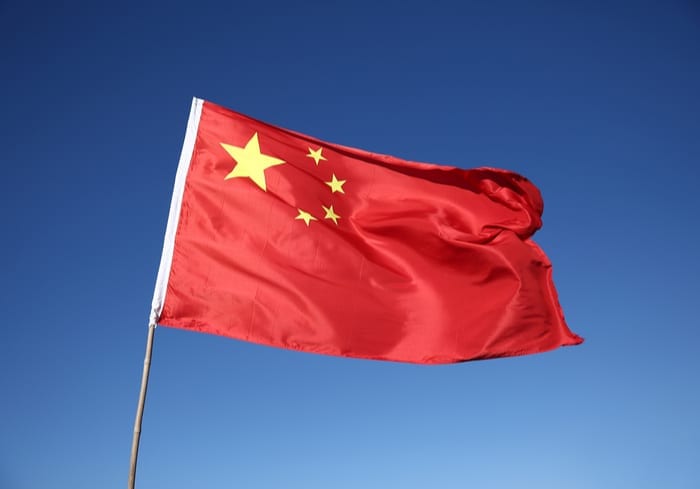China’s $9.1 trillion shadow banking industry is on the decline, which has led to a rise in private corporate defaults.
The country’s regulators have gotten tough on the shadow banking market in recent years. As a result, outstanding loans in the sector fell to ¥61.3 trillion ($9.1 trillion USD) last year, down about 6.5 percent from the end of 2017 and hitting its lowest level since 2016. In fact, last year’s fall was the first full-year drop in more than a decade.
However, while regulators are happy to see shadow lending fade, the sector’s main borrowers — private companies — are feeling the strain. Private firms rely on shadow lending, since state-owned banks favor lending to government-controlled companies.
In fact, since the crackdown on the shadow lending sector, Chinese firms have defaulted on almost ¥20 billion in onshore bonds — double the amount from the previous year. Of those defaults, private groups comprised more than ¥16 billion.
Michael Taylor, Moody’s chief credit officer for the Asia-Pacific region, expects those defaults to rise again in 2o19.
“There’s a spillover effect from the new regulations, and now, private companies are feeling a cash crunch,” said Taylor, according to Financial Times.
Advertisement: Scroll to Continue
The government is trying to help by instructing the nation’s state-run banks to offer more loans to private firms. The central bank also announced last week that it was working with other regulators on a way to fix the high-risk premiums that private companies often pay for bank loans.
“Without access to shadow banking, the cost of borrowing should be much higher for private companies,” said Alicia García Herrero, Natixis‘ chief economist for Asia-Pacific.
There might be some good news on the horizon: Moody’s expects the shadow banking restrictions to cool off this year as lawmakers focus more on growth.
“However, a rapid rebound in shadow credit supply is also unlikely, as the authorities will retain focus on financial system risks,” Moody’s explained.

